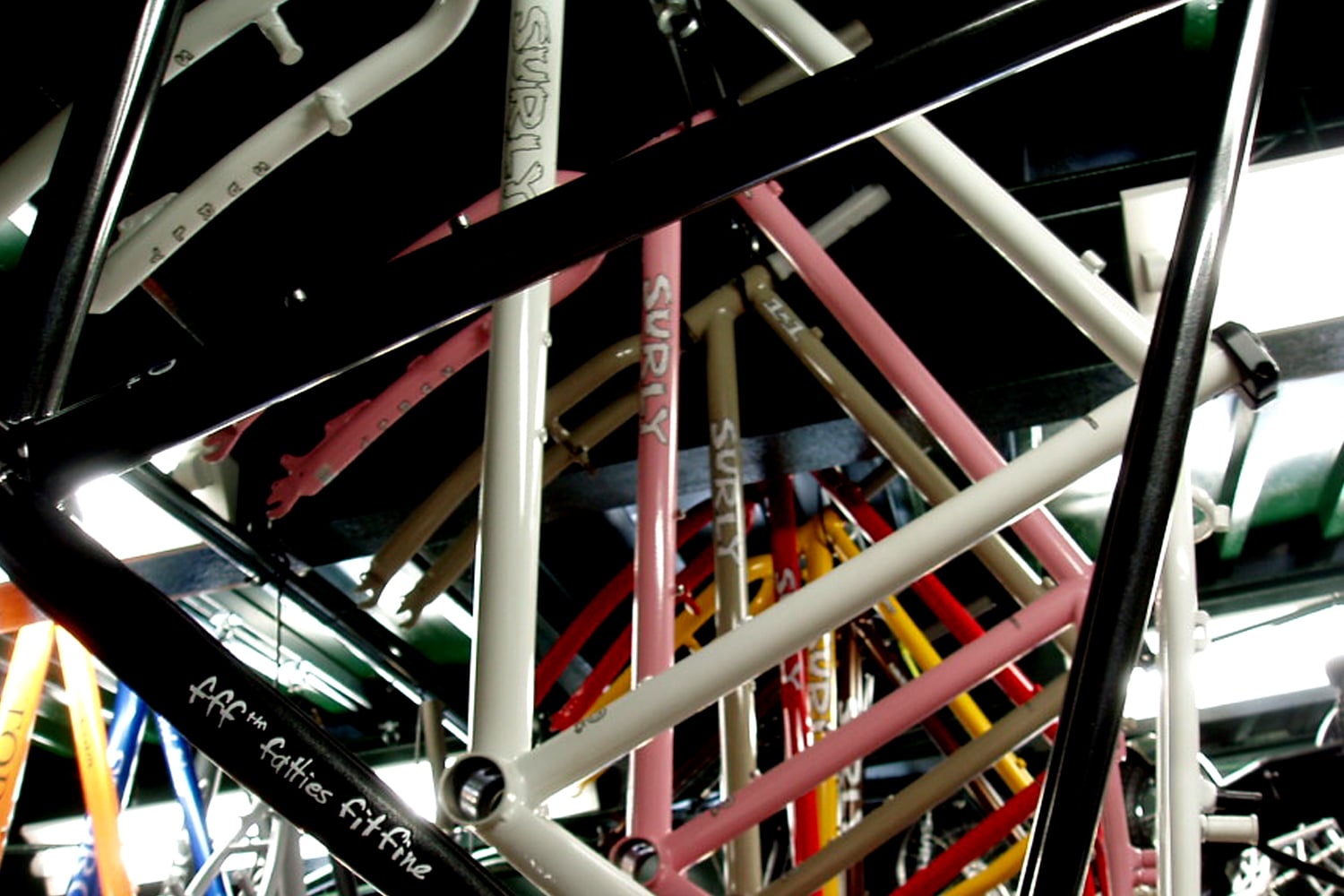The summer of 1976 I learned to ride my beautiful sparkly Schwinn Stingray, and the first thing I did once those training wheels came off is ride off with six other kids from my neighborhood and crush some gravel.
Of course that’s not what we called it, we called it riding a bike. Growing up in a small city in Iowa (Waterloo to be exact) riding gravel was just something we all did.
ALL THE TIME.
Everyone I knew had a gravel alley behind their house, and on a bike the safest and quickest way to get pretty much everywhere a kid could want to go was down a long gravel road. Or through a gravel pit that was a short cut. We rode gravel every day, every time we got on our bikes.
My second gravel bike (a Schwinn Scrambler) came around 1980. My third (which was the last bike I would own until I got to college) was a World Sport; which if you don’t know is a “skinny-tire” road type bike. Which I also rode on gravel, cuz (again) it was the only way to get to the places I wanted to go.
Flash forward many years and I’m hearing about riding gravel and gravel specific bikes and I’m all like (that’s right I just said, “and I’m all like”), “Wait a minute dog…” (I say “dog”), “Hasn’t everyone been riding gravel their whole lives like me? Can’t any bike be a gravel bike?” and the cool person who I was talking to, (thankfully) explained to me that while any bike could be used for "gravel crushing", these were special bikes, just for that specific thing. Like space bikes, or bottom of the ocean bikes. Bikes for just one thing.
Flash forward again (cuz flash forwarding kicks righteous ass), and I’m working at Surly and some dude asks me why we don’t make a gravel specific bike, and which bike that we do make is suitable for gravel. Of course I told him Cross Check, and Straggler (cuz really you can do just about anything you want, so long as the flesh is willing) on those bikes; and I told them another bike too, which I’ll get back to after I swing over here: one of the things I truly love about Surly is that if you put a bunch of Surly riders in a room and asked them all which was the best Surly gravel bike, they’d probably all tell you the name of the bike they rode in on. Last week in a bike shop I witnessed a 10 minute conversation about whether a Cross Check or an ECR would make a better gravel bike. Neither person budged.
Swinging back now.
The other bike I told them is the Pacer, my current "gravel" rig. It's my favorite bike to “crush gravel" on (mostly I’m crushing it, of course, because of my morbid obesity, and not because of my radness; as I’ve said before: I don’t get rad, I get home). The Pacer is perfect for me on gravel. It takes as bigger pair of tires (700c tires that actually measure 35mm or less are compliant) than any other “road” bike out there, and rides like a dream. All day geometry is all you need for pavement/gravel/fireroads/whereever. This bike is an explorer to be sure, because you can keep going. And also going.
Surly said in their catalog, the very first year the Pacer was built, “Though vertical compliance is definitely a goal when designing a frame, tire clearance is just as important. The casings of your tires flex before your frame and fork do, and wide tires generally flex more than narrow ones, giving you a softer ride. Wide tires can be faster than skinnies on a lot of surfaces that you will encounter on your rig. The durability and versatility of the Pacer make it an ideal commuter, day-tripper, and vehicle for exploration.”
It's just as true today as it was then.
Bottom line is I love this bike. Try the Paul Racer center pulls and you can slam really big tires in there.
Until next time…
See you out there.
 Surly Bikes
Surly Bikes